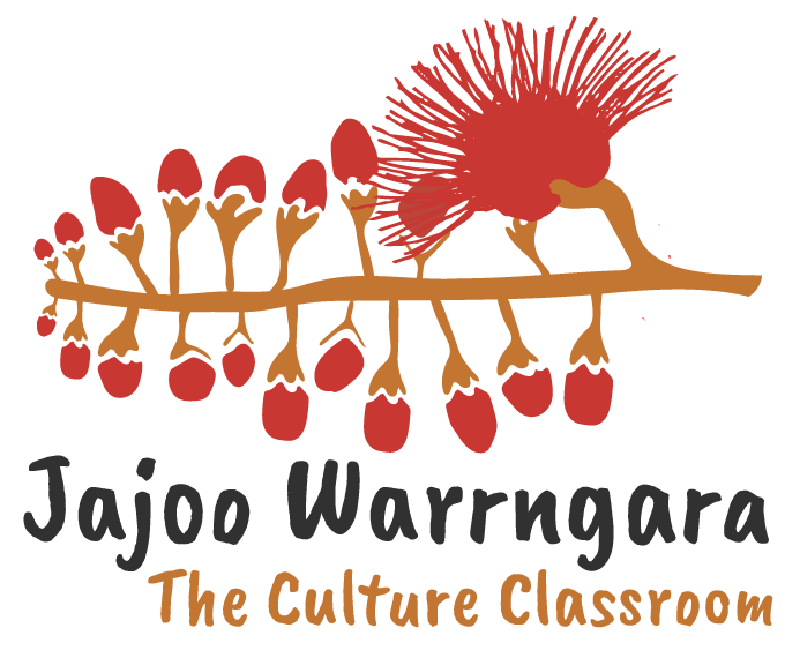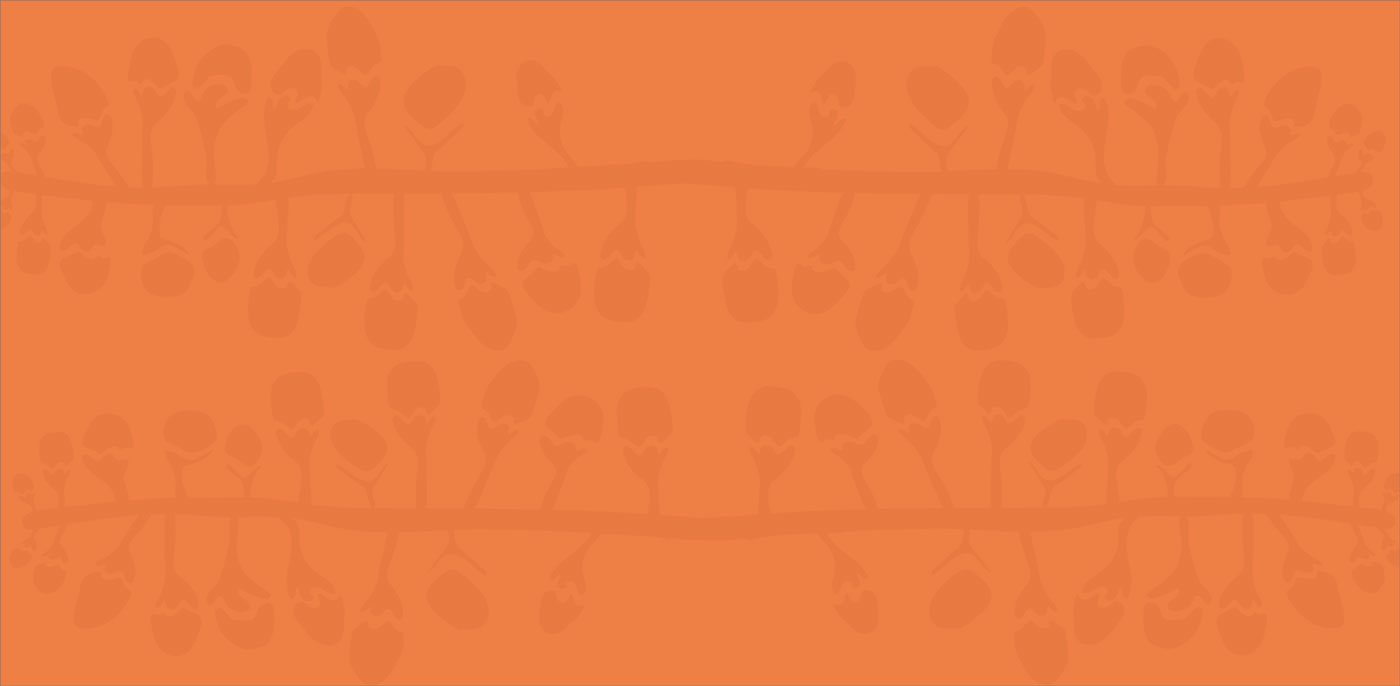Cross Curriculum Priorities
Aboriginal and Torres Strait Islander Histories and Cultures
A_TSICP1
First Nations communities of Australia maintain a deep connection to, and responsibility for, Country/Place and have holistic values and belief systems that are connected to the land, sea, sky and waterways.
A_TSICP2
The occupation and colonisation of Australia by the British, under the now overturned doctrine of terra nullius, were experienced by First Nations Australians as an invasion that denied their occupation of, and connection to, Country/Place.
A_TSIC3
The First Peoples of Australia (Aboriginal Peoples) belong to the world’s oldest continuous cultures. First Nations Australians demonstrate resilience in the maintenance, practice and revitalisation of culture despite the many historic and enduring impacts of colonisation, and continue to celebrate and share the past, present and future manifestations of their cultures.
A_TSIC1
First Nations Australian societies are diverse and have distinct cultural expressions such as language, customs and beliefs. As First Nations Peoples of Australia, they have the right to maintain, control, protect and develop their cultural expressions, while also maintaining the right to control, protect and develop culture as Indigenous Cultural and Intellectual Property.
A_TSIP1
Australia has 2 distinct First Nations Peoples; each encompasses a diversity of nations across Australia. Aboriginal Peoples are the first peoples of Australia and have occupied the Australian continent for more than 60,000 years. Torres Strait Islander Peoples are the First Nations Peoples of the Torres Strait and have occupied the region for over 4,000 years.
A_TSIP3
The significant and ongoing contributions of First Nations Australians and their histories and cultures are acknowledged locally, nationally and globally.
Curriculum Links
AC9HH7K01
Theories and historical interpretations about early human evolution and migration, such as the theory that people moved out of Africa and the causes of migration to other parts of the world, including Australia
AC9HH7K03
How First Nations Australians are the world’s oldest continuing cultures, displaying evidence of both continuity and change over deep time
AC9HH7K06
The social organisation and cultural practices of early First Nations Australians, and their continuity and change over time
AC9HH7K07
The cultural obligations of First Nations Australians about significant heritage sites, including ancestral remains, material culture and artefacts, and the role of collaboration between First Nations Australians and other individuals and groups to ensure cultural preservation
AC9HH7K08
The different methods and sources of evidence used by historians and archaeologists to investigate early societies, and the importance of archaeology and conserving the remains, material culture and heritage of the past
AC9HH7K09
How the physical environment and geographical features influenced the development of the ancient society
AC9HH7K11
Key beliefs, values and practices of an ancient society, with a particular emphasis on one of the following areas: everyday life, warfare, or death and funerary customs
AC9HH7S01
Develop historical questions about the past to inform historical inquiry
AC9HH7S02
Locate and identify primary and secondary sources to use in historical inquiry
AC9HH7S07
Explain historical interpretations about significant events, individuals and groups
AC9HH7S08
Create descriptions, explanations and historical arguments, using historical knowledge, concepts and terms that reference evidence from sources
AC9AVA8E01
Investigate ways that visual conventions, visual arts processes and materials are manipulated to represent ideas, perspectives and/or meaning in artworks created across cultures, times, places and/or other contexts
AC9AVA8E02
Investigate the diversity of First Nations Australians’ artworks and arts practices, considering culturally responsive approaches to Indigenous Cultural and Intellectual Property rights
AC9AVA8D01
Experiment with visual conventions, visual arts processes and materials to develop skills
AC9AVA8D02
Reflect on the ways that they and other artists respond to influences to inform choices they make in their own visual arts practice
Unit Content



